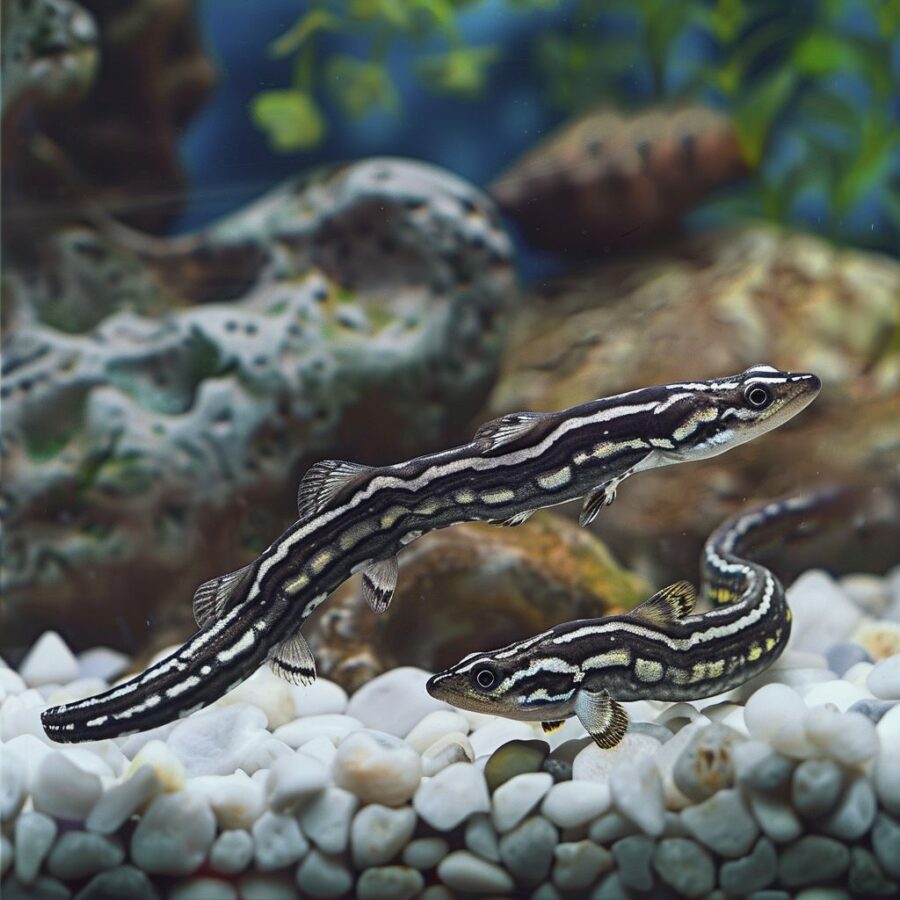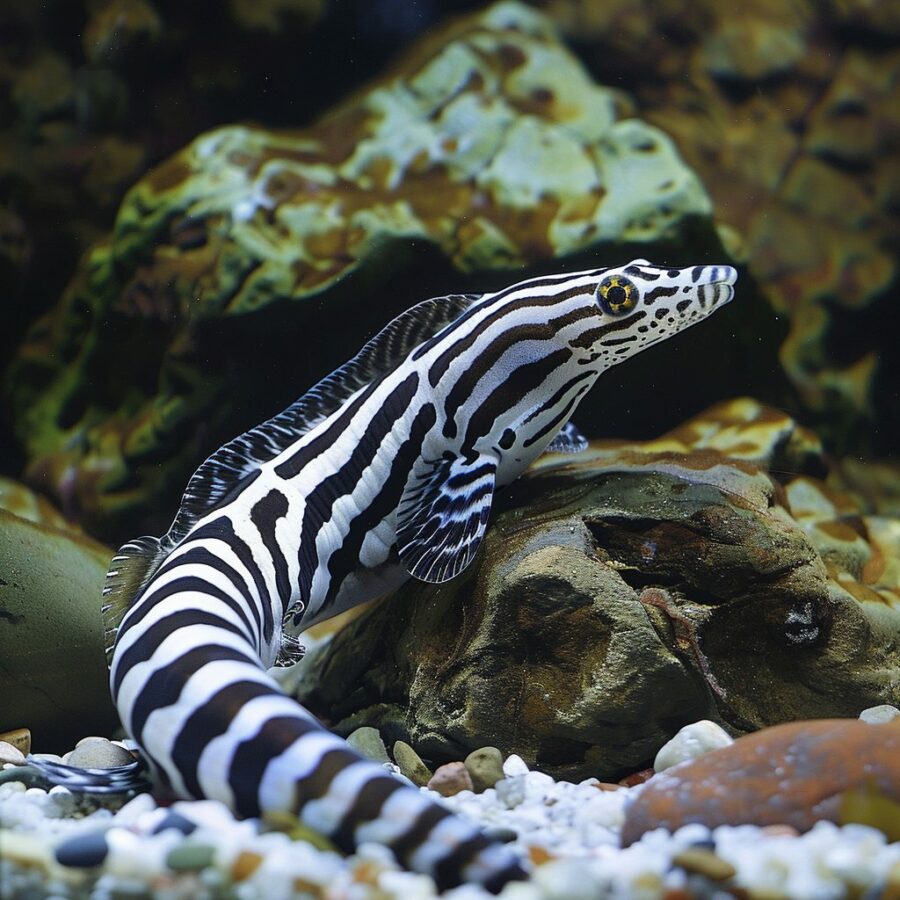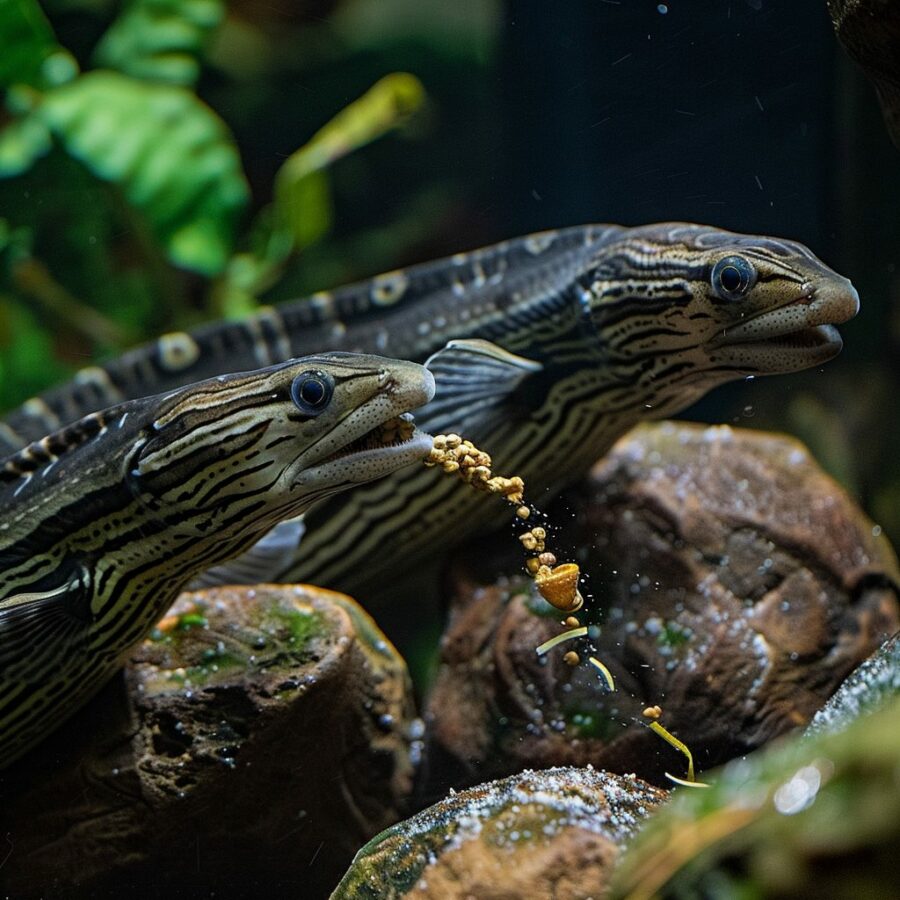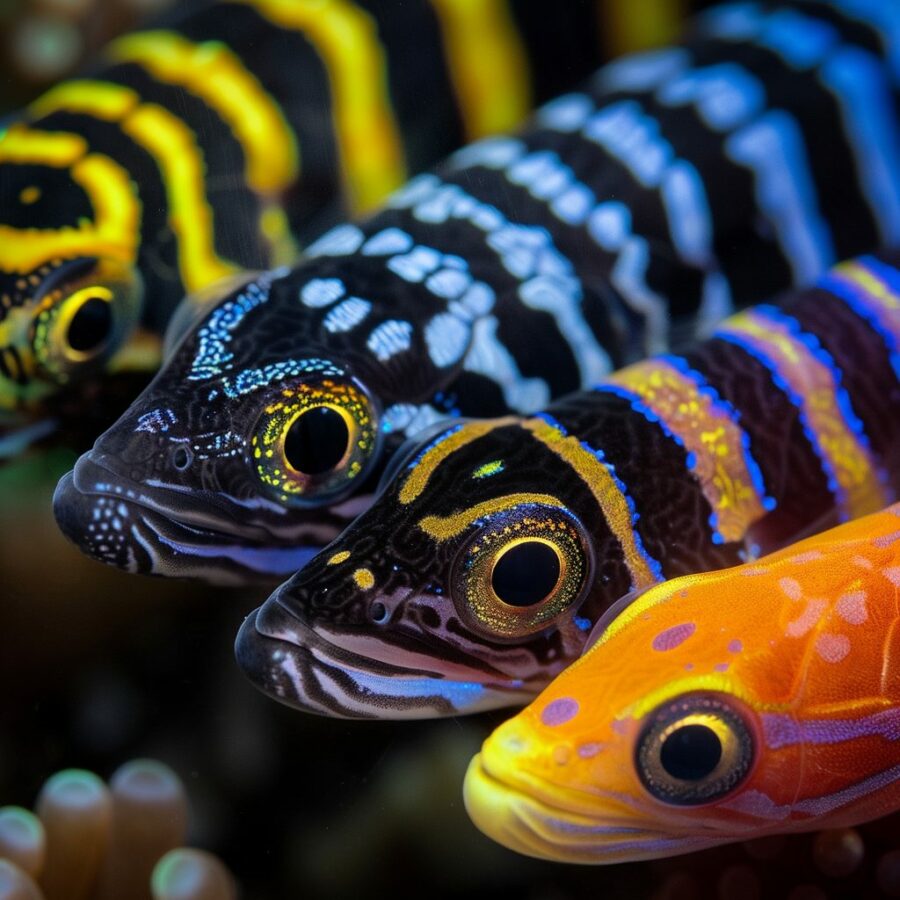Welcome to the fascinating world of tropical creatures! Imagine a vibrant eel that sports black and white stripes, just like a zebra. Yes, we’re talking about the alluring Zebra Eel, scientifically known as Gymnomuraena zebra. This captivating creature, first discovered in 1797, hails from exotic locales ranging from Hawaii to Polynesia and East Indies to Africa.
Finding The Perfect Home For Your Zebra Eel

Zebra Eels thrive in spacious surroundings and are fond of playing hide and seek. Remember, these eels grow up to 36 inches in length. If you plan on welcoming one of these intriguiers into your home, you’ll need a generously sized aquarium complete with strategically layered rocks to keep your eel happy.
Consider investing in a tank with a minimum capacity of 100 gallons right from the outset since your baby Zebra Eel will grow up faster than you think. To mimic their natural tropical environment, maintain the water temperature within a cozy 72 and 78 degrees range.
The Introverted Extravaganza

You might expect your spectacular Zebra Eel to steal the show in your aquarium. However, these creatures, despite their dazzling appearance, are shy by nature and prefer to stay hidden. They occasionally poke out their heads, or venture out fully when it’s feeding time. If you’re looking to add a touch of subtlety to your aquarium, Zebra Eels are the perfect choice!
Dining Preferences of the Zebra Eel

When it comes to feeding your Zebra Eel, fresh and frozen foods top the menu. They enjoy a diverse diet including:
- Scallops,
- Clams,
- Shrimp,
- Squid, and
- Various types of fish meat.
It can take your newly welcomed Zebra Eel a few days to get acclimated to its new habitat and start eating. However, mature Zebra Eels usually cannot resist the lure of fresh food. They should be fed three to four times a week until they lose interest in eating more.
A Long-Term Commitment

Welcoming a Zebra Eel into your home is a long-term commitment. They have the potential to be your companions for up to 30 years. Therefore, consider the longevity of these charming creatures before making your decision. Their unique movement and striking black-and-white colors make caring for them a rewarding experience.
You’re not just adding another resident to your aquarium, but also gaining a silent companion that will astonish you with its unique charm for years to come.
Related:
- Feeling adventurous? Check out our post on Fire Eels